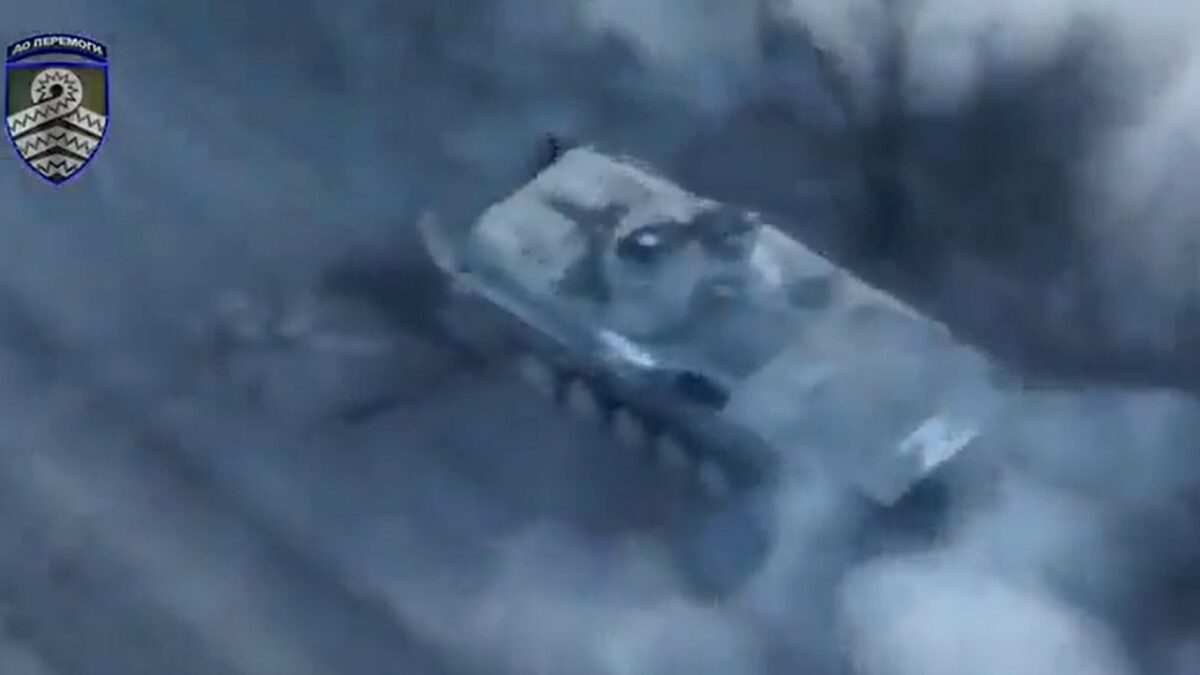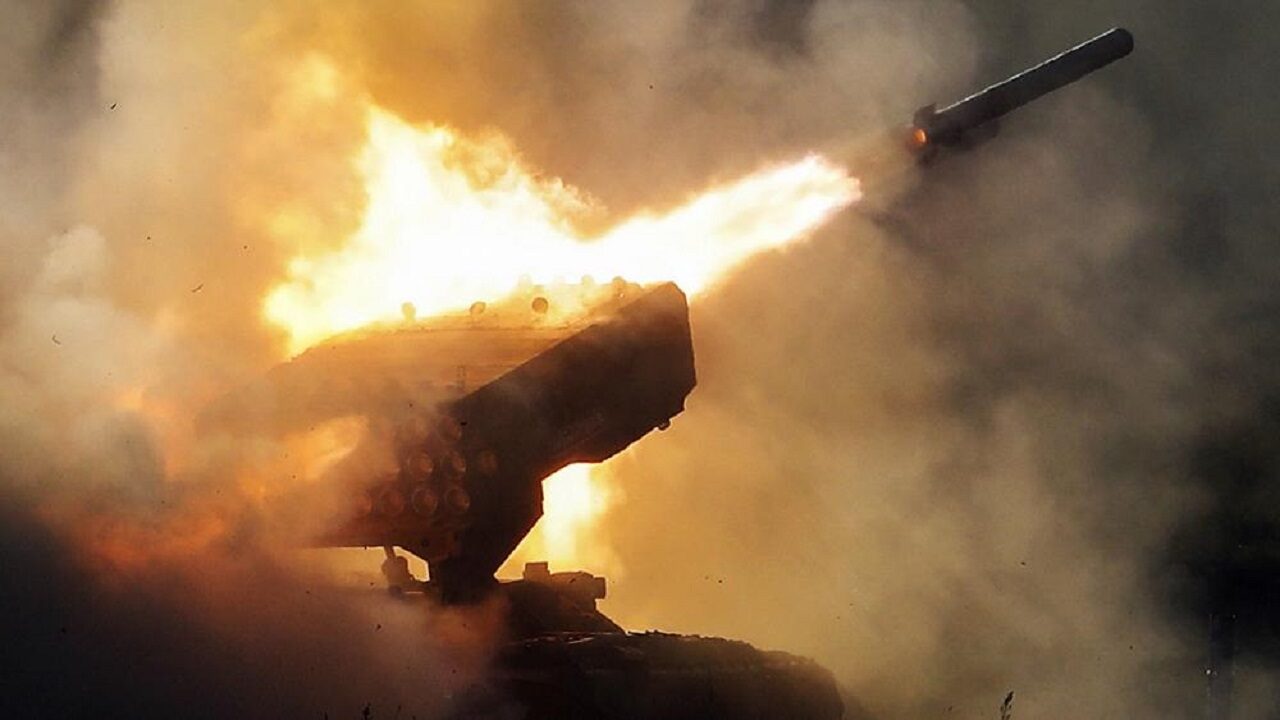Ukrainian forces have liberated Kherson City and are now planning their next steps as the Russian military tries to determine where the next attack will come from. On day 264 of the war in Ukraine, the picture on the battlefield continues to look grim for the Russian forces.
Kherson: The Day After
The Ukrainian forces have liberated the western bank of the Dnipro River, and with it the city of Kherson, the capital of the province and the largest urban center to have fallen into the hands of the Russians. As the Ukrainians consolidate their positions in the area, what happens next is on everyone’s mind.
The Ukrainian military will most likely decide to move forces now based in the south elsewhere to reinforce other counteroffensives (for example, in the east toward Svatove and Kreminna) or start new actions. The Ukrainian defensive positions around Bakhmut and Avdiivka could also use some much-needed reinforcements after resisting Russian attacks for the past four months.
It is unlikely that the Ukrainian military will try to immediately push on the east bank of the Dnipro River in Kherson. The Russian withdrawal was relatively organized, and the Russian forces had time to prepare some defensive lines in the area. Had the Ukrainian forces chased the Russians out of Kherson, then it would have made sense for them to keep pushing across the Dnipro River.
Russian Casualties in Ukraine
The withdrawal from Kherson cost the Russian forces dearly. Over the last couple of weeks, the Russian military has been averaging 500 casualties every day, an unsustainable rate of losses for any military that wishes to conduct offensive operations on three fronts without any large-scale reinforcements.
Overall, the Ukrainian Ministry of Defense claimed that as of Monday, Ukrainian forces have killed approximately 81,370 Russian troops (and wounded approximately thrice that number), destroyed 278 fighter, attack, bomber, and transport jets, 261 attack and transport helicopters, 2,848 tanks, 1,839 artillery pieces, 5,748 armored personnel carriers, and infantry fighting vehicles, 393 Multiple Launch Rocket Systems (MLRS), 16 boats and cutters, 4,316 vehicles and fuel tanks, 206 anti-aircraft batteries, 1,509 tactical unmanned aerial systems, 160 special equipment platforms, such as bridging vehicles, and four mobile Iskander ballistic missile systems, and 399 cruise missiles shot down by the Ukrainian air defenses.
Paramilitary Training in Russian Schools
The Russian military is short on numbers. Very short indeed, as frontline units are trying to come up with sufficient forces to defend against Ukrainian counteroffensives. Earlier this year, President Vladimir Putin called for a partial mobilization of Russian military reserves.
Last week, the Kremlin announced that military training will be returning to all Russian schools in September 2023, 30 years after it was discontinued. The Soviet Union had a mandatory military training program for schools that trained students in several tasks, including marksmanship, first-aid, and how to shield themselves from a chemical or nuclear attack.

Screenshot from military action in the Kherson region. Image Credit: Twitter.
The reintroduction of military training in schools is likely an attempt to improve the quality of conscripts to the Russian military, who normally join immediately or shortly after graduating from high school.
“The Russian MOD supports this process, stating that no less than 140 hours per academic year should be devoted to this training. This training likely intends to prepare students with military skills as they approach conscription age and to increase the take-up for mobilisation and conscription drives. This initiative is also likely to be part of a wider project to instil an ideology of patriotism and trust in public institutions in the Russian population,” the British Military Intelligence assessed about the development.
Expert Biography: A 19FortyFive Defense and National Security Columnist, Stavros Atlamazoglou is a seasoned defense journalist specializing in special operations, a Hellenic Army veteran (national service with the 575th Marine Battalion and Army HQ), and a Johns Hopkins University graduate. His work has been featured in Business Insider, Sandboxx, and SOFREP.

